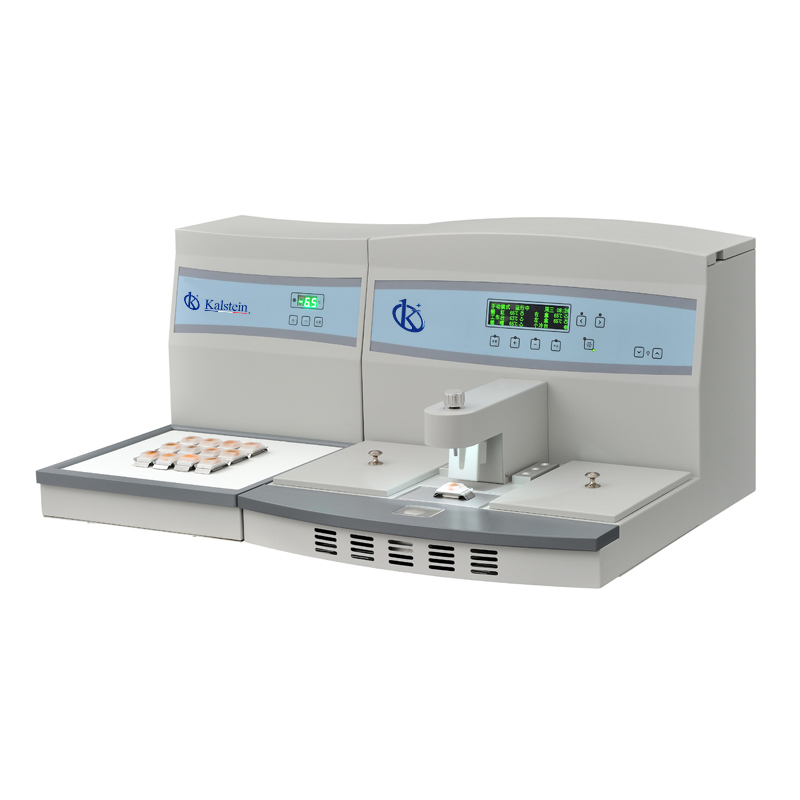Pathological anatomy is a fascinating scientific field that uncovers the intimate characteristics of our cells. It helps us understand their structures, functions, and provides significant insight when they behave unusually, as in the case of diseases or abnormal health conditions.
The study of pathological anatomy allows healthcare professionals to make accurate diagnoses, prognoses, and decide on therapeutic actions based on hard evidence. This branch of medicine is essential as it forms the bridge between basic science and clinical medicine.
If you’re seeking a blend of innovation and quality, you’ve come to the right place. At https://kalstein.de/category-product/laboratory-line/pathological-anatomy/ we offer you the luxury to explore our exclusive catalog of laboratory equipment. We manufacture each piece of equipment with a level of excellence. Our intuitive and agile online shopping channels are designed for your convenience, ensuring the friendliest prices. Don’t hesitate any longer, we bring science to life, it’s time to become part of our community. https://kalstein.de/
Features of Pathological Anatomy
The primary hub for pathological anatomy is the laboratory. This is where pathologists employ a variety of techniques and tools to investigate and diagnose diseases. Tissue and fluid samples from patients are processed and meticulously examined. The clinical findings are recorded and interpreted in relation to symptoms, lab test results, and medical images.
Moreover, pathological anatomy also involves active communication with other doctors and health professionals, providing them with a crucial diagnostic consultation. The interdisciplinary nature of this discipline forms its foundation, linking cellular morphology with clinical manifestations of diseases.
Why Does Pathological Anatomy Come at a Price?
The cost associated with pathological anatomy stems from several factors. Firstly, tissue samples and fluids need to be collected, processed, and safely stored, which can be costly. Secondly, pathologists need to have thorough training and experience to correctly interpret specimens and accurately report the findings. Furthermore, the equipment and materials used in tissue analysis are expensive and require regular maintenance and upgrade.
Comparing Pathological Anatomy with Similar Products
While some places offer pathological anatomy services, the quality and depth of the analyses vary. Even though other brands offer similar services, the excellence in standards provided by institutions like Kalstein far surpasses others in terms of accuracy and innovative approach.
Pros and Cons of Pathological Anatomy
|
Pros: |
Cons: |
|
Provides accurate diagnoses. |
It is expensive. |
|
Facilitates personalized patient treatment. |
Requires specialized knowledge and skills. |
|
Plays a crucial role in disease research. |
Requires advanced medical technology. |
|
Investigates biomarkers for diagnosis and prognosis. |
Some techniques may be invasive. |
|
Constantly updates diagnostic techniques and methodologies. |
Results could take time to arrive. |
|
Eases the study of disease progression. |
Depending on the complexity, it might be difficult for non-pathologists to interpret. |
|
Swiftly changes in response to advances in biomedicine. |
|
|
Improves the quality of an overall patient diagnosis. |
Benefits of Pathological Anatomy
Pathological anatomy provides invaluable insight into diseases, allowing for suitable and timely management. This could lead to improvements in prognosis and patient’s quality of life. Moreover, this discipline provides key tools for disease prevention and control.
Pathological anatomy works alongside other medical specialties, guaranteeing a comprehensive approach to patient health. In addition, new techniques and approaches in pathological anatomy are continuously being developed, leading to a better understanding of diseases and the promise of breakthroughs in treatment and prevention.
Other Benefits of Pathological Anatomy
Pathological anatomy’s benefits extend to society at large. They contribute to the generalized understanding of human biology and diseases, facilitating the creation of evidence-based public health policies. They ensure resources are utilized efficiently and that patients receive the best possible care.
Opinions on Pathological Anatomy
By reviewing online forums, patient feedback, and general remarks, it’s clear that most users appreciate the value of pathological anatomy. Many have highlighted the pivotal role it plays in their diagnosis and treatment. And while some mention associated costs, most agree that the price is worth it, given the importance of accurate diagnosis.
Frequently Asked Questions
Who carries out the analysis in pathological anatomy?
Analyses are performed by pathologists, physicians specialized in diagnosing diseases.
How is the diagnosis done in pathological anatomy?
It’s carried out by examining tissue or cell samples obtained from the patient. These samples can be from biopsies, surgeries, or autopsies.
How long does it take to get the results?
The time can vary depending on the laboratory and the complexity of the case. However, most laboratories provide results within a few days.
Is the sample collection process for pathological anatomy painful?
Most of the time, anesthetics are used to minimize pain during sample collection.
Is pathological anatomy essential for all diseases?
No, but it is crucial for diagnosing many diseases, particularly cancers and various infectious, autoimmune, and degenerative diseases.
Can pathological anatomy predict how a disease will progress in a patient?
Yes, an accurate diagnosis can provide a more precise prognosis to guide treatment.
Conclusions on Pathological Anatomy
In conclusion, pathological anatomy forms one of the cornerstones of modern medicine and plays a fundamental role in our understanding of diseases. It offers objective, accurate, and replicable information that is essential for disease diagnosis and management. Despite economic and logistical barriers, the benefits of pathological anatomy far outweigh the drawbacks, making this field an indispensable tool in current healthcare.

